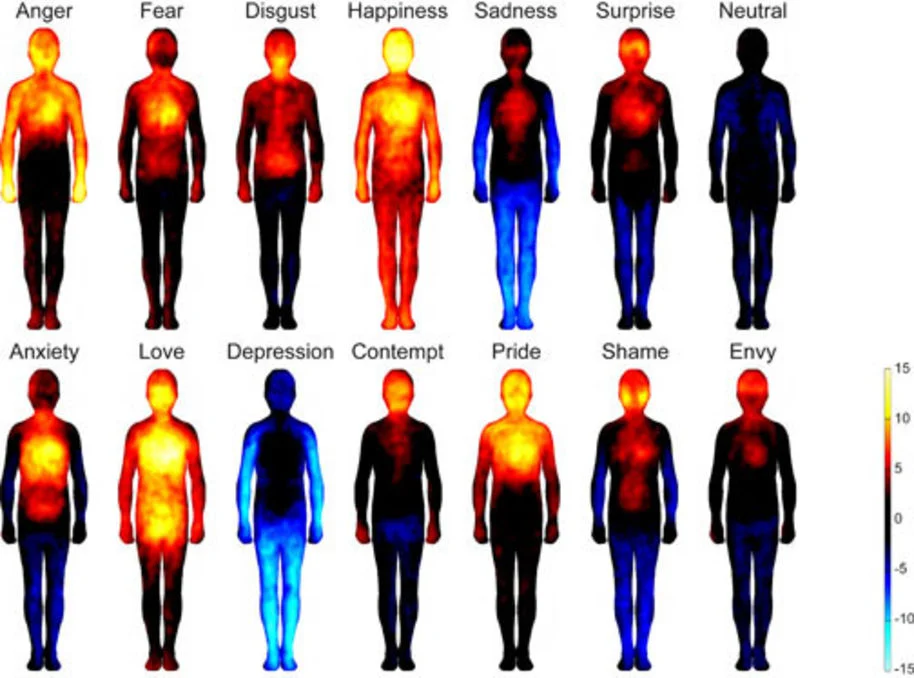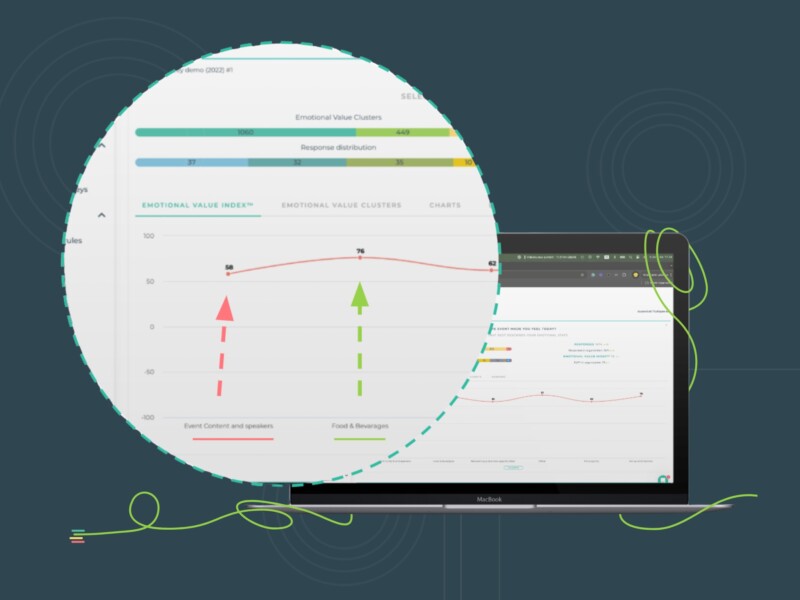As a CX professional or a business owner, you might already know that actual customer behavior often digresses from the notion of ‘rational reasoning.’ One of the reasons for such ambiguous purchasing habits is the influence of emotions, and it is precisely why we emphasize the importance of measuring Emotional Experience to our clients. Today, we delve a bit deeper into the power of emotions and how it’s manifested through our physical behavior.
Do We Physically Feel Our Emotions?
Interestingly, yes. The role of emotions is tied to aspects that go far beyond mental well-being and psychological perceptions. They are often felt by our bodies in different ways. A Finnish research team has unveiled that emotions can alter our physical state, thereby influencing our reactions.
Simply put, our feelings and emotions trigger physical symptoms in us in addition to affecting our mental state. Moreover, different emotions affect different parts of our body by enhancing or decreasing their activity. They can be broadly categorized as feelings of warmth, heat, cold, or a combination of both.
For example, some emotional states, like sadness and anxiety, make us feel cold and worrisome, and they cause a low level of arousal in us. Then, there are also feelings like anger that surge heat throughout our body, especially in our face and hands. On the other hand, feelings of happiness and joy flood our bodies with warmth and energy, causing a greater level of arousal.
Here’s how emotions are experienced in the body:

Image source: Aalto University
Now, what does it mean in the realm of CX? How is it relevant?
Understanding and Catering to Your Customers’ Emotional Behavior
First, the research further reinforces the fact that emotions impact our reactions and activities to a greater extent. Secondly, it also tells us that emotions can both be a hindrance and a source of encouragement for our lifestyles. So, forging powerful emotional connections with your brand will reward you with a loyal client base and sustainable profitability.
For example, if the checkout process is time-consuming, it can make the customer feel frustrated and ditch the whole purchase! At the same time, when customers feel happy, they will be more physically comfortable with the shopping experience, and it may even evoke them to purchase more.
Therefore, it is critical that businesses adopt a receptive strategy geared towards evoking positive emotions and thereby, positive reactions from buyers.
The Role of EVI in Understanding Your Customers
According to research on customer emotions by Harvard Business Review, it is important to tailor your experience based on how the customer intends to feel. The key here is to look at the nature of your product/service and what the end customer expects to achieve from it.
Is it a feeling of accomplishment? Is it a feeling of being included by purchasing a high-end product? Is it the feeling of being energized after a good meal? Consider these when building the buying journey for your customer.
Everything from the visual appeal of the brand to the courteous behavior of employees can make customers feel special, acknowledged, and fulfilled. However, the only way to know how your customers are feeling at present is to measure them. Here’s when EVI® becomes useful.
Emotional Value Index (EVI)® is a metric designed to measure emotional experience. By tracking and measuring how customers feel about the brand, its products, and different stages of the buying experience, businesses can have a well-rounded idea about the quality of their customer experience.
With EVI®, you can determine the strengths and weaknesses of the business. More importantly, you can tie EVI® data with sales data to understand how emotions affect purchase size and potential for repeat purchases. You will understand what type of emotions deliver higher sales. Using these insights, brands can try to evoke these positive emotions throughout the buying journey and increase their profitability.
Free Webinar: Expert Tips For Using Customer Emotion Data In Improving Business Results
At this webinar, Feedbackly’s Jaakko Männistö showed practical examples of how to use customer emotion data in action-taking to improve business results.



